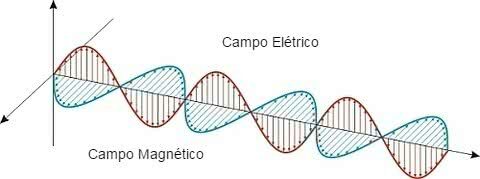From experience it is observed that when a small amount of water is placed on the surface of a glass, it spreads out and adheres to it. However, if in the same experiment we exchange the small amount of water for an equivalent amount of mercury, the result will not be the same, that is, the mercury will not penetrate the glass.
If water and mercury are both liquids, why does water penetrate (wet) glass and mercury does not?
To answer this question, we must understand and analyze the difference between the molecular forces of cohesion and adhesion.
Cohesion Forces: they are molecular forces of attraction that make the molecules of the liquid itself stick together;
Adhesion Forces: also known as adhesion force, it is an attractive force that acts between a liquid and the surface of a solid when they are in direct contact.
Do not stop now... There's more after the advertising ;)
Now knowing what the forces of cohesion and adhesion are about, we can go back and satisfactorily answer our question.
The small amount of water adheres to the surface of the glass because, in this situation, the adhesion forces outweigh the cohesive forces, and thus the water wets the glass. In the case of mercury, the opposite occurs, that is, the cohesion forces between the liquid molecules outweigh the adhesion forces and, consequently, the mercury does not adhere/wet the glass.
By Nathan Augusto
Graduated in Physics
Would you like to reference this text in a school or academic work? Look:
FERREIRA, Nathan Augusto. "Forces of Cohesion and Adhesion"; Brazil School. Available in: https://brasilescola.uol.com.br/fisica/forcas-coesao-aderencia.htm. Accessed on June 27, 2021.


